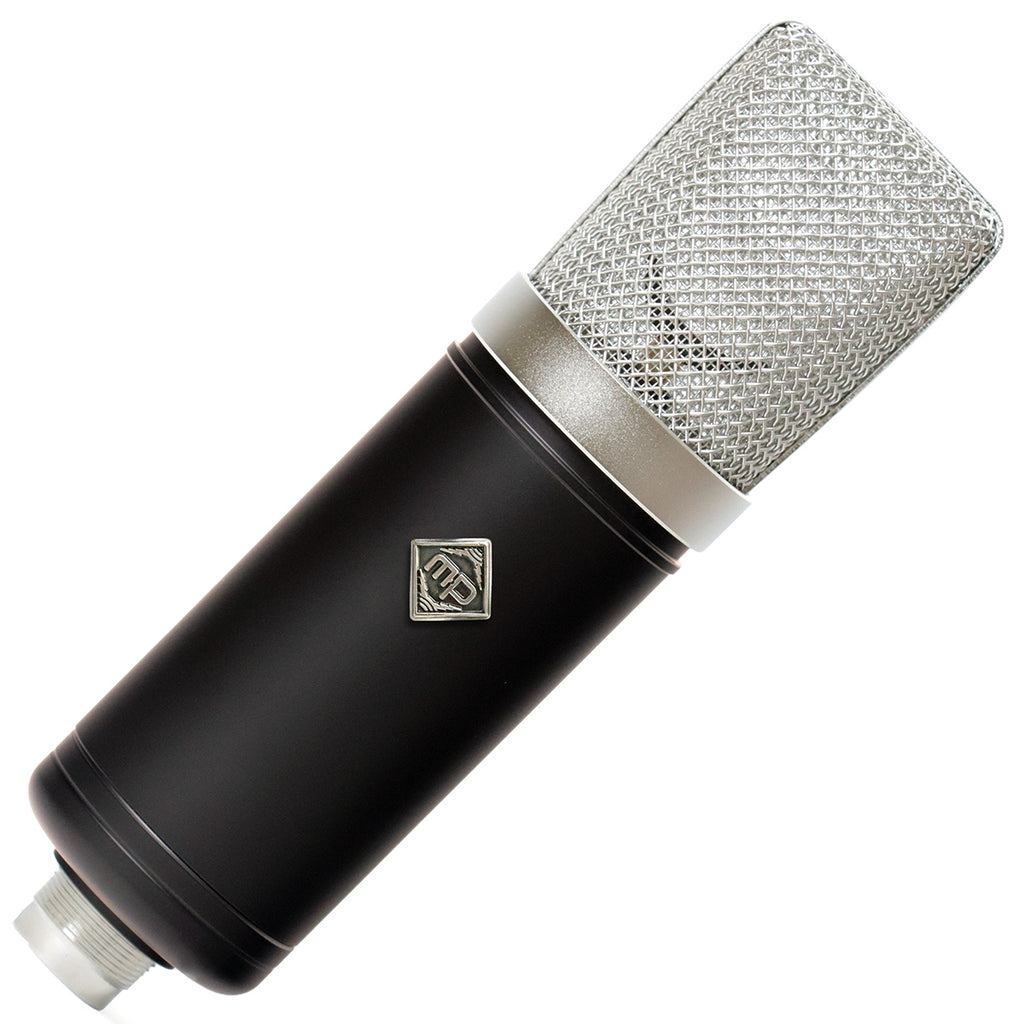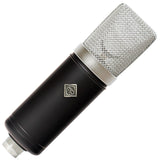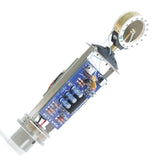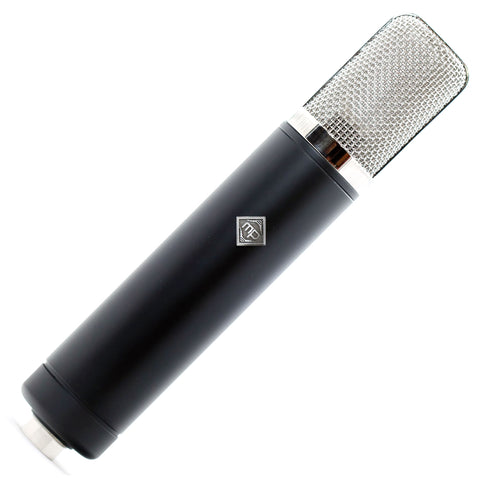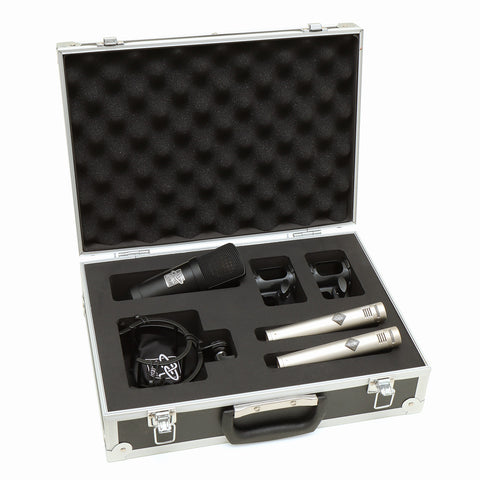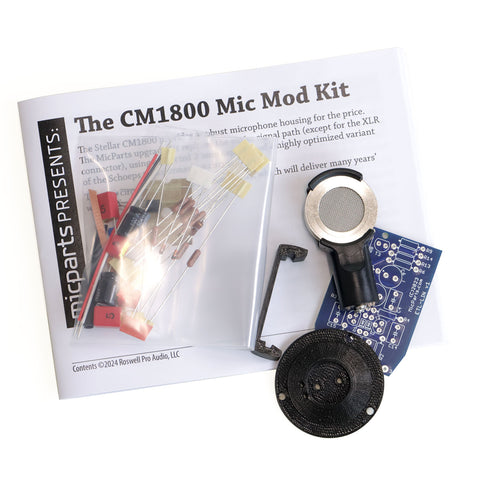T-67 Microphone Kit
$ 439.00
T-67 Microphone Kit
The T-67 is a workhorse studio microphone with wideband frequency response and rich harmonic content. Its sonic inspiration is the Neumann U67.
We designed the T-67 for easy assembly by intermediate-level hobbyists; the component count is low for a large-diaphragm condenser, and the process benefits directly from our experience designing and supporting the 15,000 DIY microphone kits we've shipped over the past decade.
Short Testimonials
Just finished the T-67 kit today. Wow, just [expletive deleted] wow.
- Steve FTo say I'm blown away would be a massive understatement!
- Don G
About the Capsule
The T-67 kit would not be possible without our new RK-67D capsule. This product has been in development for several years; it is unlike every other K67 capsule on the market. It delivers a flat frequency response through the midrange, very slight (~1dB) attenuation in the sibilance frequencies, and a gentle, smooth lift (~1.5dB) in the "air" band.
The RK-67D capsule is not available separately.
About the Circuit
The T-67 circuit is based on a vintage Neumann FET design, with numerous proprietary updates and upgrades. It utilizes a short and direct audio signal path, to minimize the number of components that could introduce unwanted distortion or phase anomalies.
Every component in this circuit was selected to complement the sound of the finished microphone. This includes the vintage JFET, which is manually "biased" in our proprietary fixture, vintage film capacitors, and 1% matched resistors with low thermal noise. This circuit has been described as capturing a richer, "warmer" sound than alternatives.
The circuit in the T-67 delivers all the same sonic benefits as the incredibly popular T-84 circuit found in our T-12 and T-47 microphones, with improved clarity across the entire frequency range.
Visual Color Choices
The T-67 microphone body has a matte black finish, with a vintage diamond MicParts logo badge. Alternative finish options can be ordered here.
The grille is a 2-layer brass mesh with satin nickel finish (except for the copper-trim option available at the link in the preceding paragraph).
About the Body (and switches)
The body has no external switches. This microphone has two internal switches, one for pattern (Cardioid/Omni) and one for pad. To access the switches, spin the end cap off of the bottom of the mic, and slide the body sleeve down.
It is best to unplug the mic from phantom power before opening the mic.
Included
- Mic body, chassis, grille, and PCB mounting screws
- Swivel mount
- Zippered vinyl pouch
- Custom PCBs that were designed for DIY assembly
- Hand-picked circuit components
- RK-67D capsule, supersaddle, screws, and wires
- Custom-wound MP6.5 transformer, with high nickel lamination
- Comprehensive step-by-step DIY installation guide
- Tech support via email
Optional Upgrade
Although it is, generally speaking, difficult to find aftermarket component upgrades for this kit -- because we do not shortcut the design or components in any way -- it is possible to manufacture new parts that are superior to commonly available commercial offerings. We have done that for the electrolytic capacitors found in this kit. If you'd like to upgrade your T-67 kit, add this bundle of electrolytic capacitors to the same order.
What about a shockmount?
We recommend the Roswell Pro Audio "Cutaway™" shockmount, available exclusively here.
Not ready for DIY?
We can build the T-67 for you. Order here.
About Polar Patterns
The T-67 has an internal switch that enables either Cardioid or Omni polar patterns.
Adding support for Figure 8 or any polar pattern other than Cardioid and Omni would require the addition of a second circuit board (for which there isn't really room inside, unless we compromise quality on a bunch of parts) with a DC oscillator, which would increase the parts count by 200%, and would increase build complexity by roughly the same amount. We mention this here not because Fig8 is an option, but to save your time if you were about to make that request.

